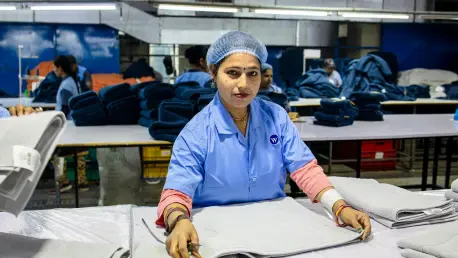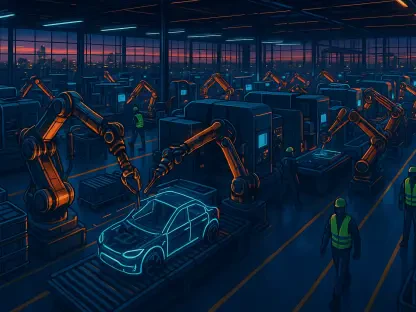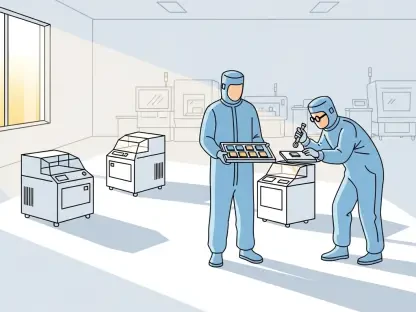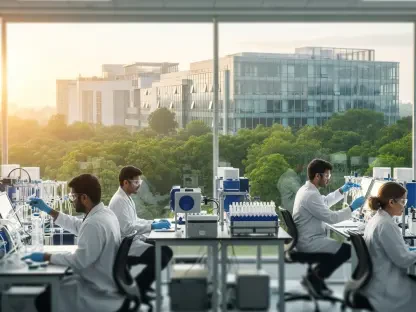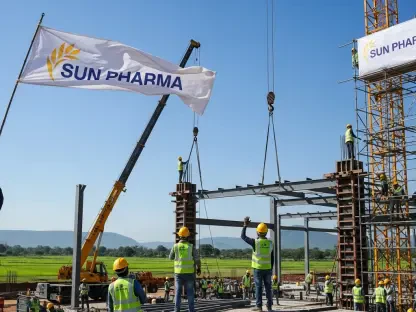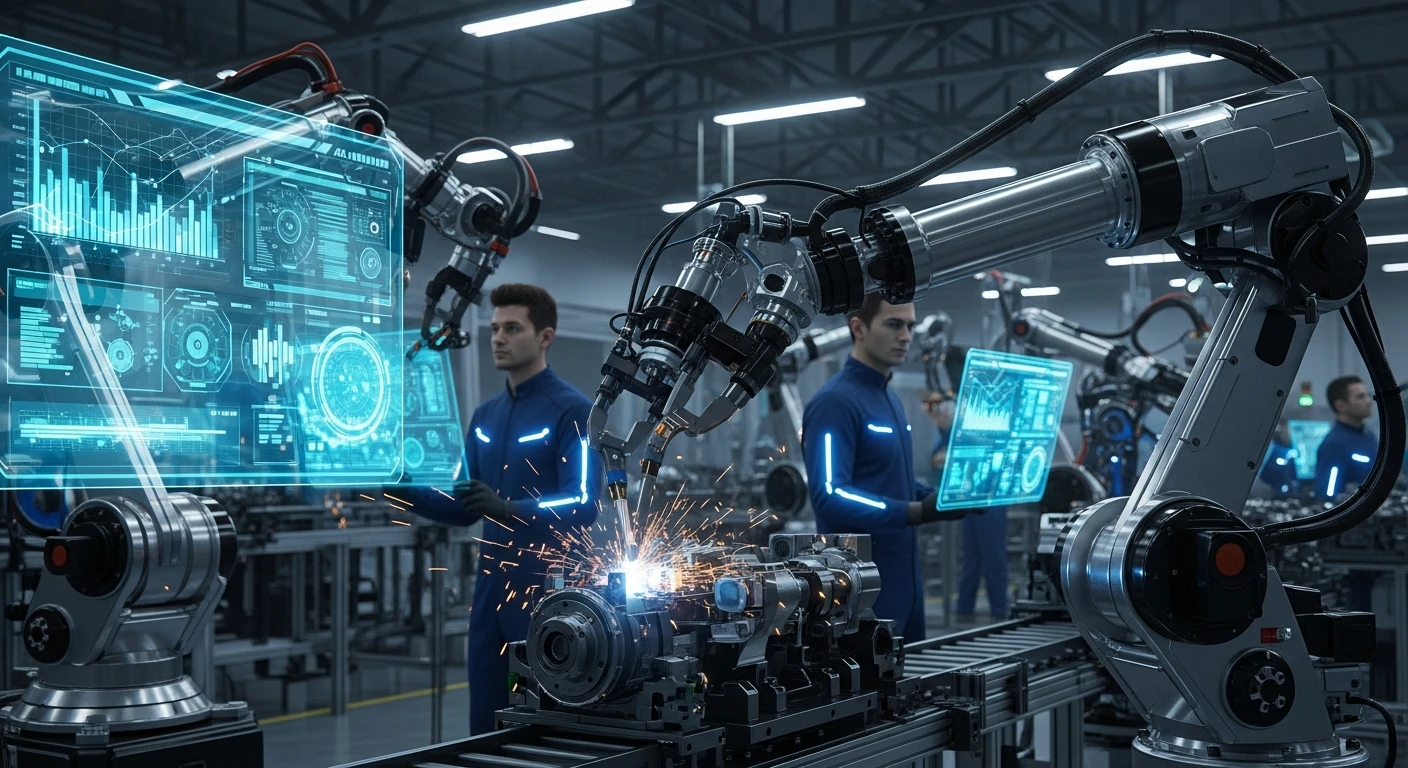Today, we’re thrilled to sit down with Kwame Zaire, a renowned expert in manufacturing with a deep focus on electronics and equipment. With his extensive background in production management and thought leadership in predictive maintenance, quality, and safety, Kwame offers invaluable insights into the complex world of U.S. manufacturing, especially amidst the ongoing shifts caused by tariffs and trade policies. In this conversation, we’ll explore how tariffs have reshaped business operations, supply chains, and international partnerships, while also diving into broader trends and challenges facing the industry today.
How have tariffs impacted your business operations over the past year, particularly in terms of growth or setbacks?
Tariffs have definitely been a mixed bag for us. On one hand, we’ve seen a noticeable uptick in interest from American and even some European companies looking to source domestically to avoid the added costs of importing from places like China or Mexico. This has opened doors for new contracts, especially in electronics and electro-mechanical products. On the other hand, the uncertainty around tariff changes—sometimes shifting almost monthly—has made long-term planning a real challenge. Some of our product lines have faced higher input costs, though we’ve managed to share those with clients without too much impact on our margins.
Can you share a story about how tariffs have brought new customers or opportunities your way?
Absolutely. Just in the last few months, we’ve onboarded a couple of U.S.-based firms that previously manufactured in Mexico. They approached us specifically because tariffs made it less cost-effective to keep production there. What’s interesting is that these companies weren’t just looking at price—they valued the resilience and transparency we offer. Being able to quickly iterate designs and ensure compliance with U.S. standards without language or cultural barriers was a big draw. It’s been rewarding to see how tariffs have accelerated this onshoring trend that started gaining traction during the COVID disruptions.
What have been some of the biggest hurdles tariffs have created for your supply chain or daily operations?
The biggest headache has been lead times. Even though much of our supply chain is domestic, some subcomponents for our assemblies come from overseas, and we’ve seen delays as suppliers rush to ship before new tariff hikes hit. We’ve had to quote longer delivery times to clients and explain the situation, which isn’t ideal. Pricing volatility hasn’t hit us hard yet, but we’ve had to tweak agreements with some overseas suppliers who’ve reduced discounts to offset their tariff costs. It’s forced us to be more proactive in communicating with customers and reevaluating our export compliance processes.
How have tariffs changed the way you work with international suppliers or partners?
Tariffs have definitely added layers of complexity to those relationships. We’ve had to renegotiate pricing with a few overseas suppliers who’ve passed on some of the tariff burden by adjusting discounts or terms. There’s also been an increase in administrative work—making sure we’re on top of export compliance and documentation for anything crossing borders. It’s not just about cost; it’s about ensuring we’re not caught off guard by new rules or delays at customs. We’ve had to build stronger communication channels with these partners to stay ahead of potential disruptions.
Do you think sweeping, across-the-board tariffs are the right approach for boosting U.S. manufacturing, or would a more targeted strategy be better suited?
I lean toward a targeted approach. Broad tariffs can create a lot of noise and uncertainty across industries that might not need the same level of protection or intervention. For manufacturing, especially in electronics and equipment, tariffs have helped level the playing field by addressing hidden costs like overseas subsidies or environmental disparities. But a more focused strategy—say, on specific sectors or products—could minimize collateral damage to industries less affected by global competition. It would also help build stronger, more predictable trade relationships with allies, which is critical for long-term stability.
Beyond tariffs, what other major trends or challenges are shaping your business right now?
Outside of tariffs, we’re seeing a strong push toward reliable partnerships as clients prioritize supply chain resilience over pure cost savings—a trend that’s been growing since the pandemic. On the positive side, sectors like wastewater infrastructure and power, especially with renewed interest in nuclear energy, are creating new demand for our specialized equipment. However, we’re not immune to risks like raw material shortages or the shrinking talent pool in trades like machining. Social trends are making it harder to attract young workers, so we’ve invested in training programs and certifications to build skills internally. Inflation is another concern looming on the horizon if it’s not reined in soon.
Has the shift in business due to tariffs led you to hire more staff or rethink your workforce strategy?
We haven’t had to ramp up hiring significantly due to tariff-driven business changes. Instead, we’ve focused on automation and improving productivity through better tooling and training. That said, hiring and retaining skilled workers remains a challenge in our field. Machining, for instance, isn’t a career path many young people are drawn to. We’ve tackled this by offering in-house courses and creating growth paths for employees with different skill sets to learn and advance. It’s more about building a sustainable workforce than just adding headcount.
What is your forecast for the future of U.S. manufacturing in light of ongoing tariff policies and trade dynamics?
I think U.S. manufacturing is at a pivotal moment. If tariff policies remain consistent and targeted, they could solidify the onshoring trend we’re seeing, encouraging more companies to invest in domestic production and reduce reliance on vulnerable global supply chains. However, if tariffs continue to fluctuate unpredictably, businesses might hesitate to make long-term commitments to reshoring, and we could see missed opportunities. Beyond tariffs, I expect resilience and innovation—through automation and workforce development—to be key drivers. The next few years will likely show whether we can balance protectionism with the need for global collaboration to keep our industry competitive.
